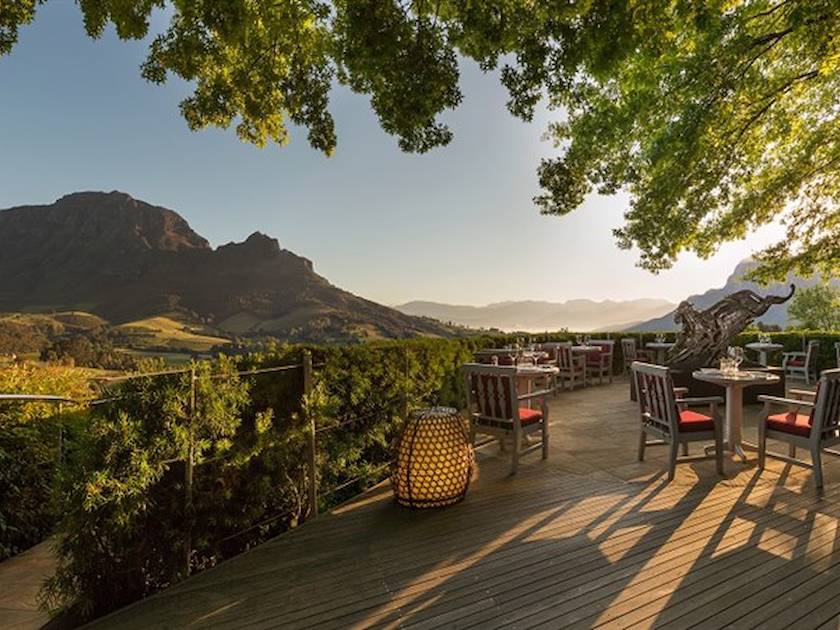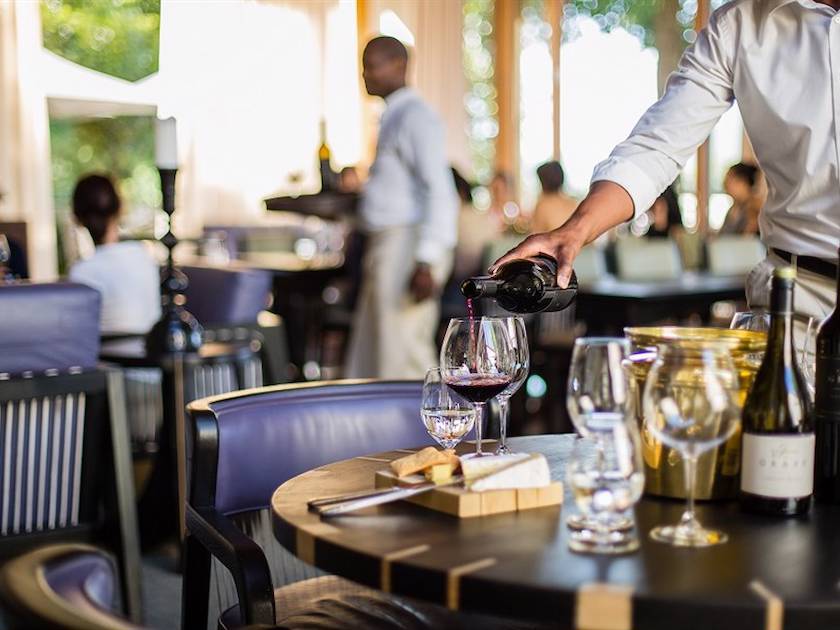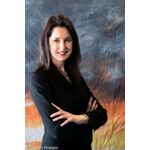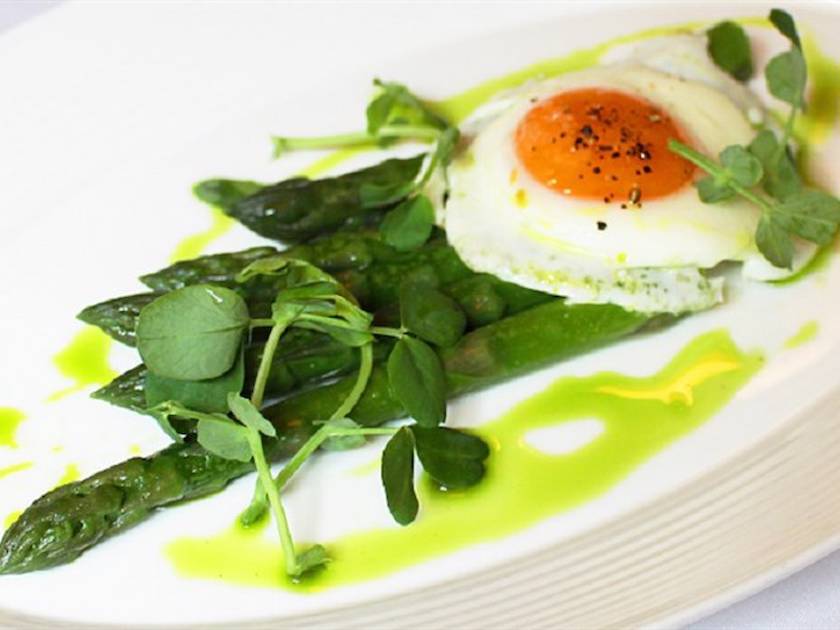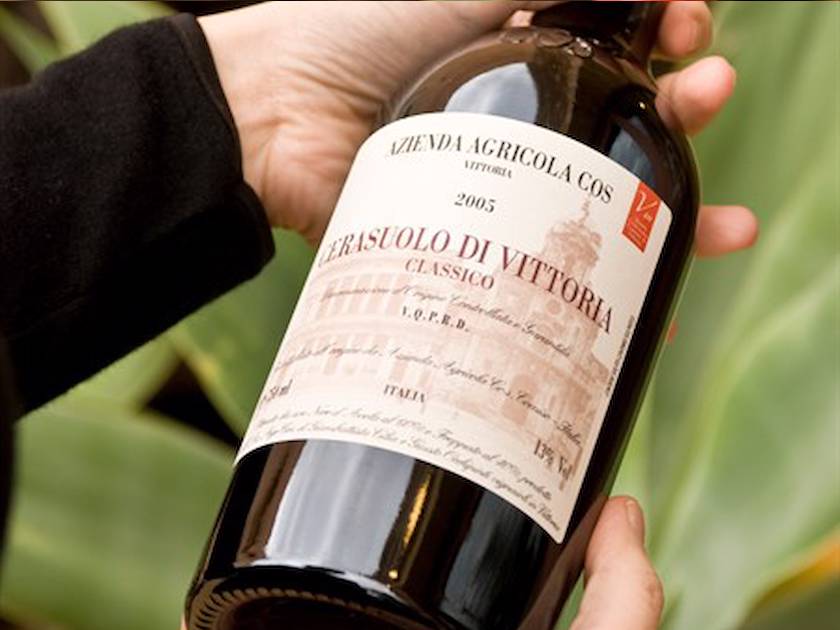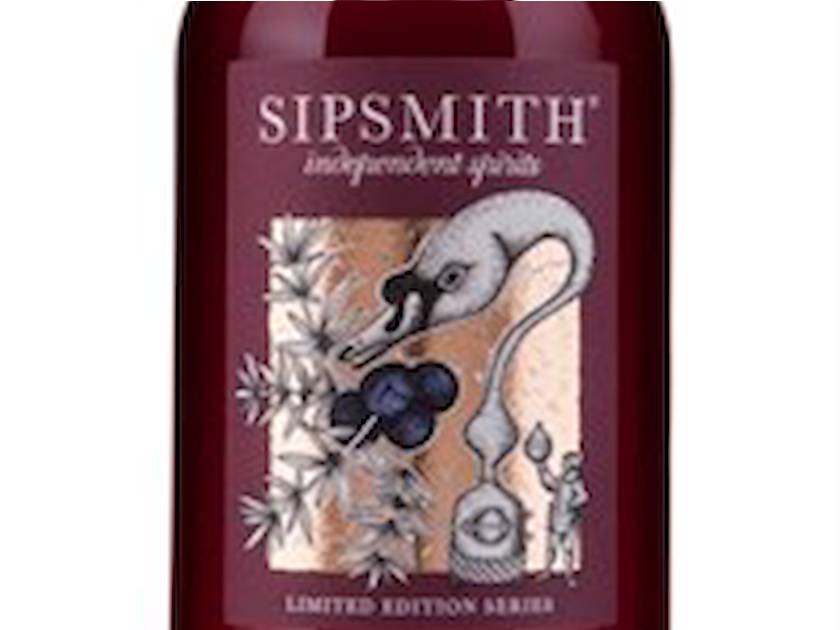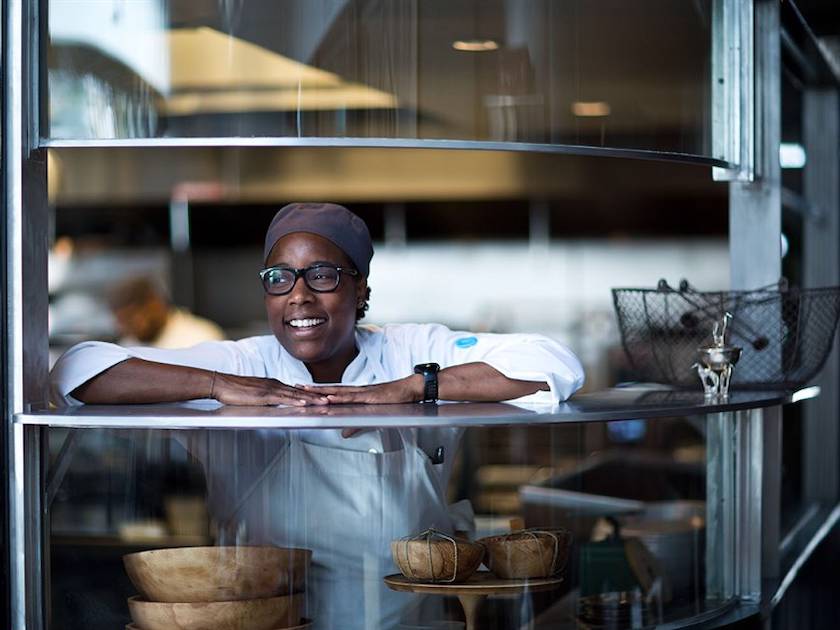Wine - Delaire Graff South Africa
Once you’ve done Bordeaux, drunk your way through Champagne, and raised a glass to Napa, it’s time for the wayfaring oenophile to say cheers to the Winelands of South Africa.
Since the ending of Apartheid, South African wine has been making a splash on the worldwide scene, and with so many wine regions and wine routes to explore it’s an exciting tasting destination. Cape Town, a laid-back yet cosmopolitan city, is the ideal base for exploring the Winelands, and the One & Only Cape Town, located on the waterfront, is a wine lovers' hotel. On my first night at the luxury property, I have dinner at Reuben’s. The entrance to the restaurant takes me past the mind-boggling Wine Wall. At 5,000 bottles strong, the collection is one of the largest in Africa. Head sommelier Luvo Ntezo is in charge of wine programming at the hotel. The 32-year-old Ntezo has won the national Chaîne des Rôtisseurs competition since 2008 and has placed fourth in the world in an international wine competition. He clearly knows his grapes and I’m lucky enough to have him to take me to several wineries the next day.
JANE AUSTEN. Along the way, Ntezo regales me with stories of South Africa’s wine history that date back to the 1600s. My favourite tale is that the sweet wine that the Constantia region is known for was called a cure for a broken heart by Jane Austen. I may need to get a bottle (or case) to bring home. Our destination is Stellenbosch, the first wine route developed which now boasts over 200 wineries, and is perfect for a red wine lover. With so many to choose from, I’m happy to have an expert as my wingman. And Ntezo pulls a keeper out at our first stop, the Delaire Graff Estate, owned by the people who brought you Graff diamonds. Wine and diamonds? This is a girl’s best friend! The estate is arguably the prettiest in any region, and boasts a collection of 15 wines. Over lunch on the terrace, we sample several whites and reds, including one of the most popular South African wines, Chenin Blanc.
CHENIN BLANC. While the country has been known for Pinotage, that really isn’t the varietal that showcases the best South African winemaking. “I feel that our Chenin Blanc is fantastic and can stand up against many great Chenins of the world,” said Neil Grant, chairman of the South African Sommelier Association. And I’d have to agree. The wine speaks of citrus and tropical fruit with a hint of honey and almond and pairs well with my yellowfin tuna Niçoise salad. After lunch we continue to Waterford Estate, which will make you feel like you’re back in Europe with its rolling lawns, lavender and rosemary beds, old citrus groves and -- of course -- vineyards. The wines here showcase an Old World approach and reflect the terroir of the area. The results are wines that are earthy, heavy on tannins and low on the sweetness found in New World styles. Ntezo tells me that the 2010 Shiraz we try is the best example of the grape in the Stellenbosch region. Coming from him, this is saying a lot because he believes that Shiraz, or Syrah, is the best that South Africa has to offer. “Ten years ago, Cabernet Sauvignon was considered our only serious red,” he tells me. “Then in 1997, in a now famous tasting match, a Stellenzicht 1994 Syrah outscored the Australian Penfolds cult wine, Grange. Since then, Syrah planting has increased and there is definite buzz about the variety.”
YOUNG WINEMAKERS. While we ran out of time to visit other wineries, Grant suggests adding Rust en Vrede and De Trafford to any visit to Stellenbosch. If you like bubbles then the Franschhoek region with its Cap Classique route is for you. White wine aficionados should take the Helderberg route for impressive Sauvignon Blancs and Chardonnay. And if you’re a bit of a vinous risk taker, the up-and-coming region is Swartland. “The wines here weren’t previously well known, but it’s fast gaining a reputation for exciting blends with young winemakers,” Ntezo said. Grant suggests trying Mullineux Family Wines, AA Badenhorst and Sadie Family Wines in Swartland. With so many wine areas to choose from, it can be overwhelming. “Trying to do too much will only dilute your experience,” advises Grant. “Select one or two areas and research the top producers in those regions. It’s also a nice idea to visit some of the older farms of the region, as well as some of the newer producers, to get the contrast.”
WALL STREET JOURNAL. That night I head to Grant’s new restaurant, Bocca, on trendy Bree Street in Cape Town. I love the exuberant energy that emanates from the tiny space. You’ll see a mix of families, couples and hipsters. It seems like a neighbourhood space, but after a recent write up in the Wall Street Journal, you can bet the secret is out. The food is Neapolitan pizza and other Italian inspirations. As you might expect with an owner who is the president of the sommelier association, wine is the unexpected star. There are a few Italian bottles on the list, but as it should be, South African wines are the focus. My group and I try the Carinus Chenin Blanc from Swartland and Radford Dale Gamay from Western Cape. Since I’m a bit of a lightweight when it comes to alcohol, I was pretty happy to do nothing after dinner except crawl into an incredibly comfortable bed at The One & Only while visions of wine fairies danced in my head.
